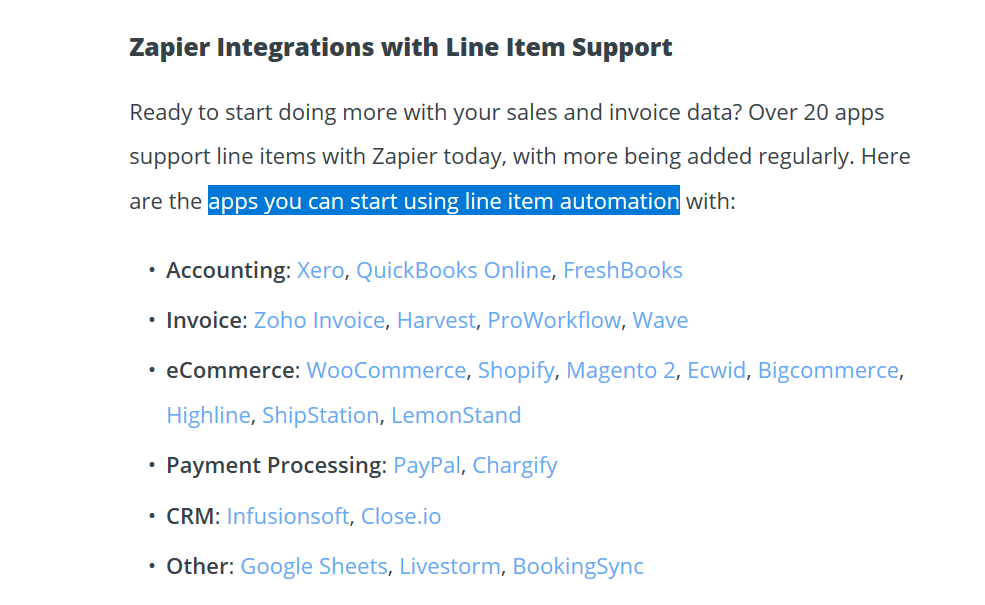I am starting to develop an app using Knack. Knack interfaces with Qbooks Online. I have an issue with one zap that has been identified. I built a zap to create several new records in Knack from line item data from Qbooks but I don't like the fact that I had to use Google Sheets to accomplish it and the zap is currently quite slow (given the multiple interfaces (Qbooks -> Google Sheets -> Knack).
Zapier's documentation(see below) states that Knack is not one of the 20 or so apps providing line item automation. So I used the recommend "Google Sheets solution" that was suggested (temporary repository for the line item data).
Although my zap is working I would like to know if there is solution that eliminates the need for Google sheets?
Thanks!






